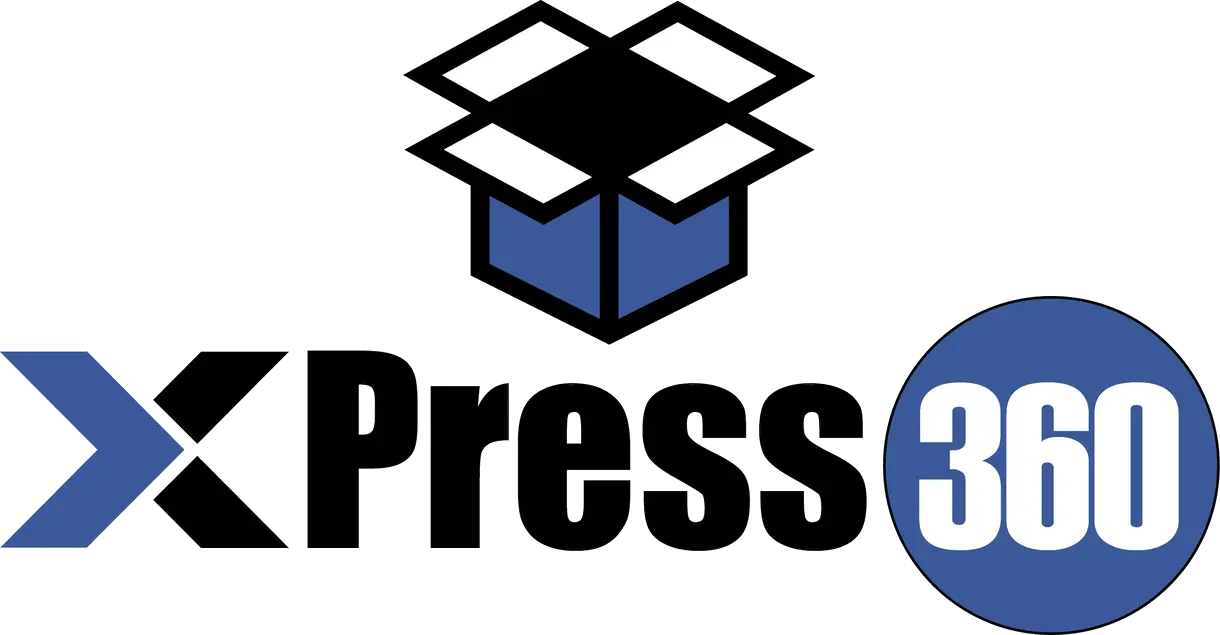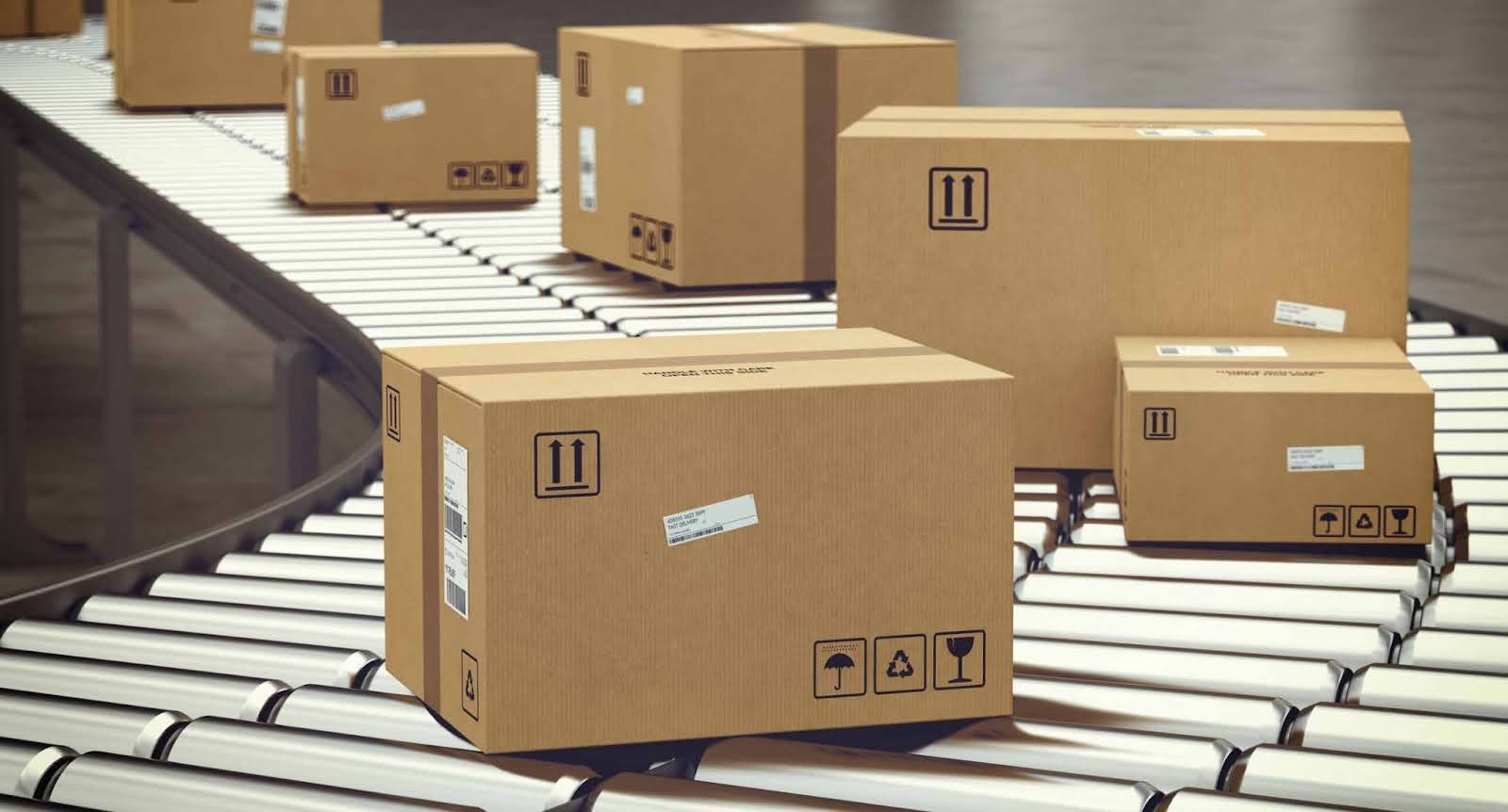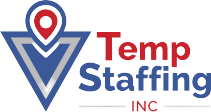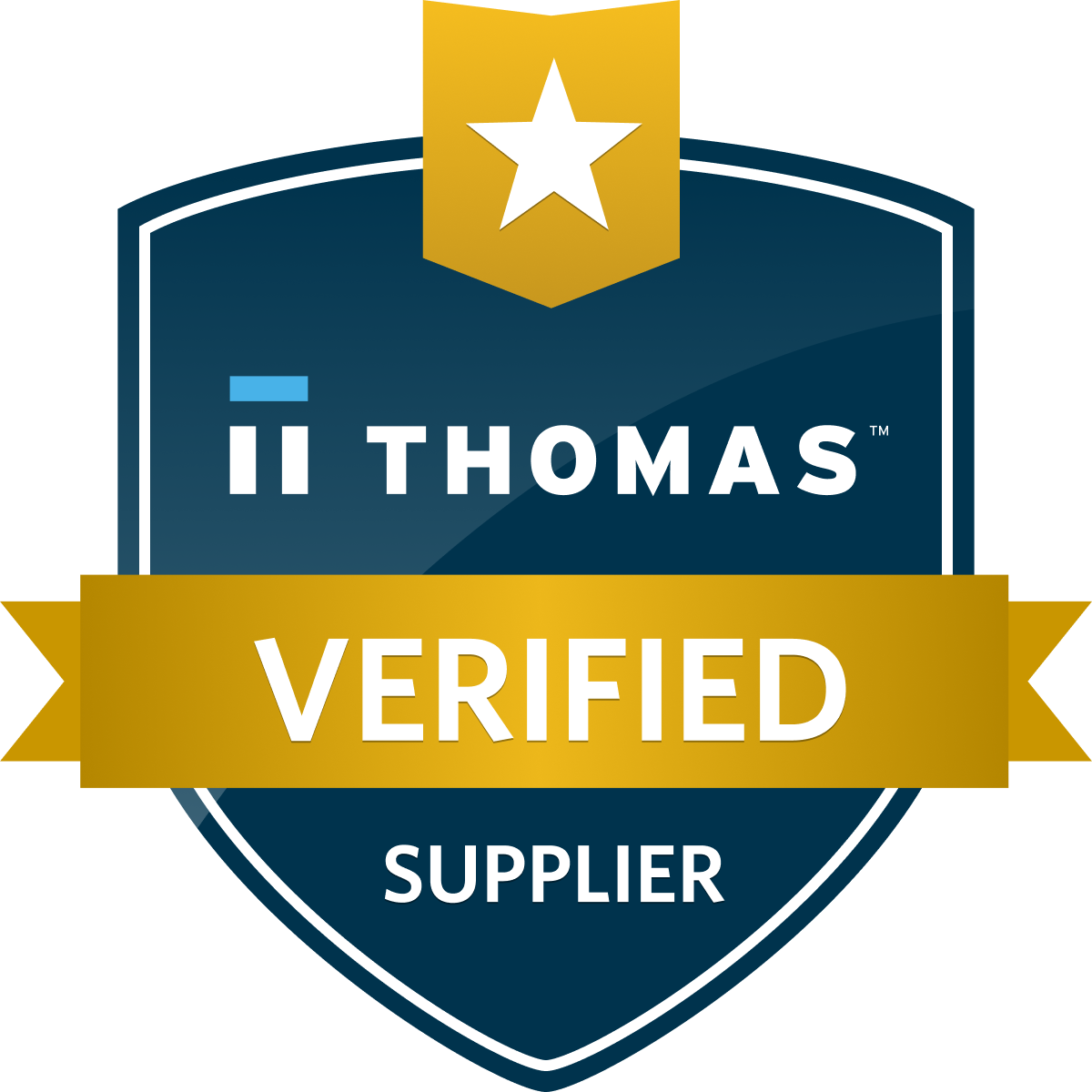Navigating the cutthroat business world requires a keen eye for cost-effectiveness, a principle that holds profound importance in the often-overlooked packaging area. Cost-effective packaging solutions are not just about choosing affordable materials; they balance price and quality to ensure product protection, aesthetic appeal, and efficiency.
The art of smart savings in business can significantly tip the scales toward success. It’s the delicate balance between profit and loss, growth and stagnation. By adopting cost-effective packaging solutions, businesses see financial benefits and play a part in environmental sustainability through reduced waste and energy consumption. Furthermore, this eco-conscious approach can boost brand image, as today’s consumers increasingly value companies that prioritize environmental responsibility. This blog aims to guide businesses to discover cost effective packaging solutions, custom packaging, and packaging material usage.
Explore our packaging services today!
Understanding Your Packaging Needs
When it comes to product packaging, one size does not fit all. Understanding your unique packaging needs is crucial to devise an effective and efficient strategy.
Assessing Product Types
Different products come with varying packaging requirements. Whether selling fragile glassware or sturdy books, each product type demands specific packaging for optimal protection. Understanding these nuances is the first step toward choosing suitable packaging materials and packaging design stands. Remember, the goal is to ensure your product reaches the customer in perfect condition.
Analyzing Shipping Requirements
Shipping is another critical factor that influences your packaging decisions. Are your products being shipped locally or internationally? How long is the transit time? These are some questions to consider when deciding on the type of packaging. After all, the packaging should withstand the rigors of transportation and protect your product from any potential damage.
Factoring in Storage Considerations
Finally, remember to factor in storage considerations. How will your products be stored before they reach the customers? Will they be exposed to extreme temperatures or humidity? Understanding these storage conditions can help you select packaging materials that keep your products safe and intact, regardless of where they’re stored. So, always take a moment to think about the storage aspect of your packaging strategy.
Technology Integration for Savings
Smart Packaging Technologies are revolutionizing the packaging industry. With the integration of Radio Frequency Identification (RFID) and Internet of Things (IoT) applications, businesses can significantly enhance their packaging efficiency. RFID tags can track products throughout the supply chain, ensuring maximum protection and reducing losses. IoT applications, on the other hand, provide real-time data about product conditions, facilitating informed decisions about storage and transportation. These technologies streamline the packaging process and help minimize waste and cost overruns.
The role of software solutions in boosting packaging efficiency cannot be overstated. Packaging design software allows businesses to craft optimal packaging designs that minimize material use while maximizing product protection. Inventory management systems are just as crucial, helping companies to track packaging supplies and predict future needs accurately. These systems contribute significantly to cost savings and operational efficiency by preventing overstocking or running out of essential materials.
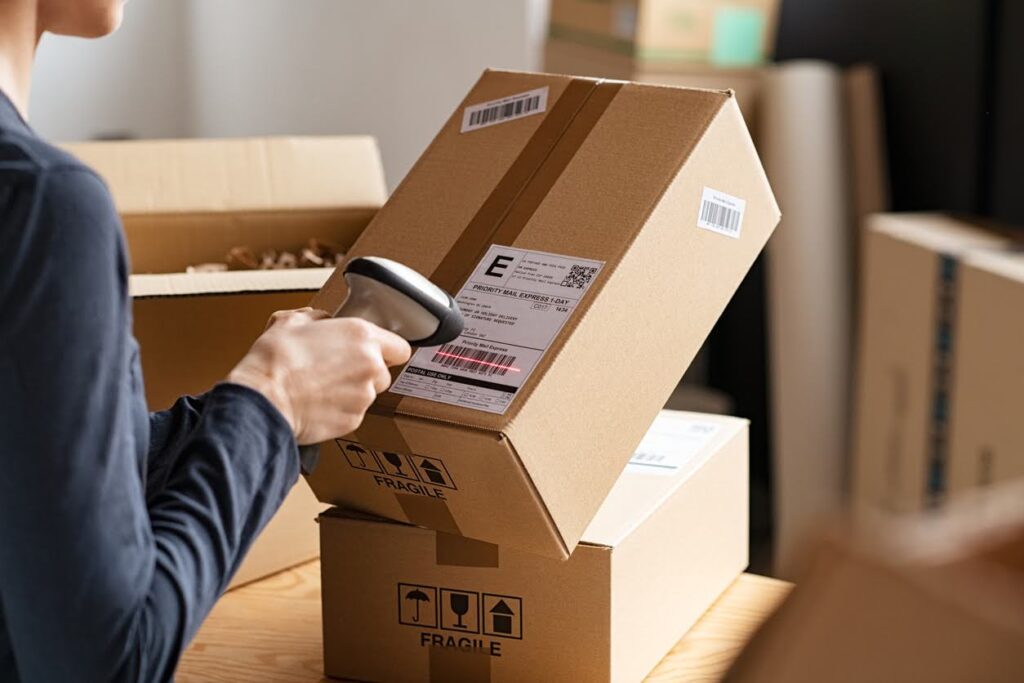
Cost-Benefit Analysis
Investing in technology for business operations often requires an initial investment. However, it’s essential to consider the long-term savings they offer when it comes to RFID and IoT technologies. While the upfront packaging costs may be substantial, the potential for improved inventory management and reduced product losses can lead to considerable savings in the long run. Therefore, the initial investment should be viewed as a strategic move towards long-term operational efficiency and cost-effectiveness.
The environmental impact of packaging decisions should also be included in the cost-benefit analysis. Using sustainable packaging materials may seem more expensive initially, but it can lead to significant savings in waste disposal costs over time. Additionally, it can boost the company’s reputation among eco-conscious consumers, leading to increased sales. Thus, the environmental aspect of packaging decisions adds another layer to the cost-benefit analysis, making it a comprehensive tool for strategic decision-making.
Supplier Relationships for Savings
Negotiating with packaging suppliers can open up avenues for cost savings. Businesses should be open to discussing pricing, bulk discounts, and flexible payment terms with their suppliers. Establishing a good relationship with suppliers translates into better deals and improved service. This not only helps in cost reduction but also contributes to smoother operations.
Building long-term partnerships with suppliers is another effective strategy for savings. Suppliers often offer discounts and perks to loyal customers. Moreover, a stable, long-term relationship ensures a consistent supply chain, which can significantly reduce the risk of unexpected costs due to supply shortages. Thus, investing in supplier relationships can yield substantial returns through cost savings and operational stability.
Continuous Improvement Strategies
Regular packaging audits are an integral part of continuous improvement strategies. These audits help identify inefficiencies in the packaging process, providing valuable insights for businesses. By acting on these insights, companies can make necessary adjustments to their packaging strategies, leading to improved efficiency and cost savings. Regular audits also provide an opportunity to reassess the effectiveness of current packaging materials and designs, ensuring that they remain fit for purpose.
Adapting to industry changes is another key aspect of continuous improvement. The packaging industry constantly evolves, with new technologies and trends emerging regularly. Staying abreast of these changes and being willing to adapt can improve packaging efficiency and cost savings. Therefore, a proactive approach to industry changes is crucial for maintaining competitiveness and driving continuous improvement in packaging strategies.
Summary
Smart savings in packaging are not just about reducing expenses but also about maximizing value. By understanding your unique packaging needs, negotiating with suppliers, and leveraging technology, you can devise cost-effective packaging solutions that offer the best product protection. Remember, every dollar saved on packaging is a dollar that can be invested elsewhere in your business. It’s worth taking the time to explore all possible avenues for packaging savings.
Smart savings in packaging are more important now than ever before. In a competitive business landscape, every bit of efficiency and cost reduction can give you an edge over your competitors. But beyond that, smart savings in packaging also contribute to sustainability by reducing waste and promoting efficient use of resources. So, as you embark on your journey to discover cost-effective packaging solutions, remember that you’re not just saving money – you’re also positively impacting the environment. That’s what makes intelligent savings in packaging a truly win-win strategy.
